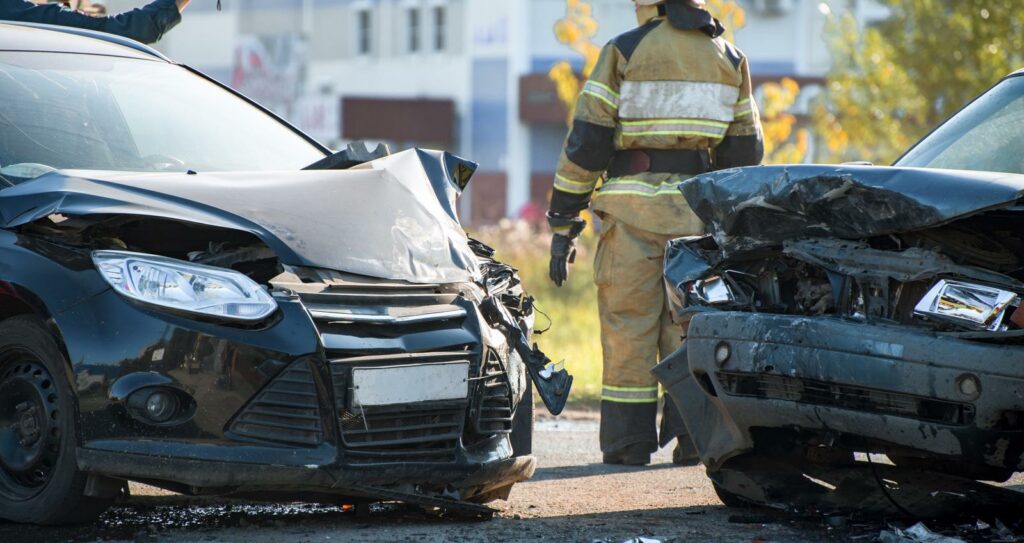Autonomous vehicles are able to operate on their own with some human assistance required. Crashes involving such vehicles are a tricky legal area as autonomous vehicles are still a new kind of transportation. However if you have suffered losses in a crash caused by such a vehicle, an Augusta car accident lawyer can help you recover damages.
Autonomous vehicles are also known as self-driving cars. These cars have rapidly evolved in the sophistication of the automation systems featured in them. However, they are yet to win popular trust. Only about 12% Americans would ride in a self-driving car according to an AAA Foundation survey. Nearly 51% want laws that suitably govern such cars.
In crashes involving self-driving cars, the issue of liability is confusing. Here is a look at various levels of automation and the parties that can be held liable to clear up this confusion.
Levels of Automation
When determining liability in a crash involving an autonomous vehicle, an important consideration is the level of automation of that vehicle. Vehicles with low-level automation require more input from a human driver so that the liability of that driver is greater. Conversely, vehicles featuring automation of a higher level have more sophisticated artificial intelligence systems, requiring less human intervention. Here’s a look at various levels of automation.
Level 0
At Level 0, a vehicle does not have any automation and all driving is done manually by a human driver. Most vehicles on the roads fall in this category.
Level 1
At this level, a driver is still primarily responsible for driving. However, the driver is assisted by a simple automation system such as cruise control. As the driver is controlling the vehicle in general, liability still lies with the driver.
Level 2
At Level 2 automation, a vehicle can control the speed on its own and automation systems within the vehicle can also handle steering. However, despite these advanced driver assistance systems, there is still a driver behind the wheel.
Level 3
A key distinction between Level 2 and Level 3 automation is that vehicles are able to read the environment at Level 3. This means being able to determine that another vehicle is driving slowly or fast. Although this is a marked improvement over Level 2 automation, human driver is still a requirement.
Level 4
Level 4 vehicles can largely drive on their own, making dynamic decisions on the go. This is because such vehicles can take real-time input from the environment. However, if a completely unknown use case comes up, a Level 4 vehicle would be unable to decide what to do. This is why these vehicles have the option for a human operator to override and take over at any time. Vehicles at this level of automation are already being developed and marketed.
Level 5
Level 5 vehicles are truly and fully autonomous, being able to drive and move around in any and all circumstances without requiring human assistance. No Level 5 vehicles are publicly available for now.
The Issue of Liability
As noted above, autonomous vehicles come with different levels of automation. Most autonomous vehicles today feature Level 2 or lower levels of automation. In such cases, the controlling powers primarily rest with the driver, even when a vehicle may have advanced automation features.
Some companies have launched Level 3 and Level 4 vehicles. In such vehicles, the legal issue of liability is still not clearly defined. In general, the following parties can be held liable in accidents involving autonomous vehicles:
- Manufacturer
- Owner of the vehicle
- Software Developer
- Human Operator
The actual cause of crash plays an important role in deciding who will be ultimately held responsible.
The Cause of Crash
The actual cause of crash is a key factor in determining liability in accidents involving autonomous vehicles. If a vehicle’s hardware components malfunctioned, the manufacturer can be held liable for the accident. On the other hand, glitches in the vehicle’s software can also create sudden hazards and lead to a crash. In such an event, the developer who provided the software can be held accountable.
In low-level automation vehicles, the human driver bears the bulk of the responsibility. This is because the driver is required and expected to take over in case a vehicle doesn’t operate properly. So if the driver fails to be attentive and the vehicle runs into an accident, you can file a claim for damages against the driver.
Hire a Reliable Augusta Car Accident Lawyer
Here at Ted Greve & Associates, we help car crash victims recover the maximum amount of compensation. This is true even when you were involved in a crash with a self-driving autonomous vehicle. Call us today to discuss your case and see if you have a valid claim for damages.


